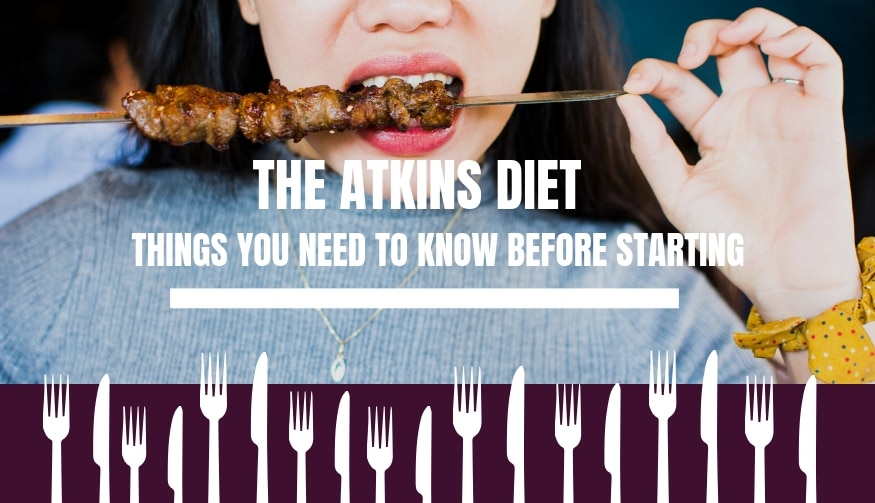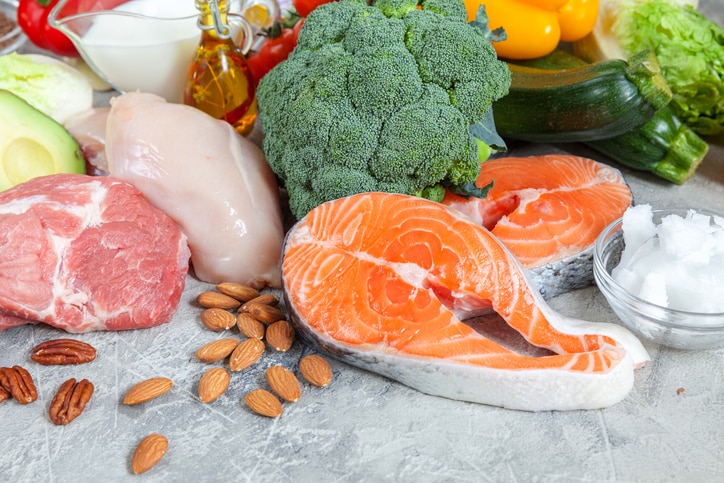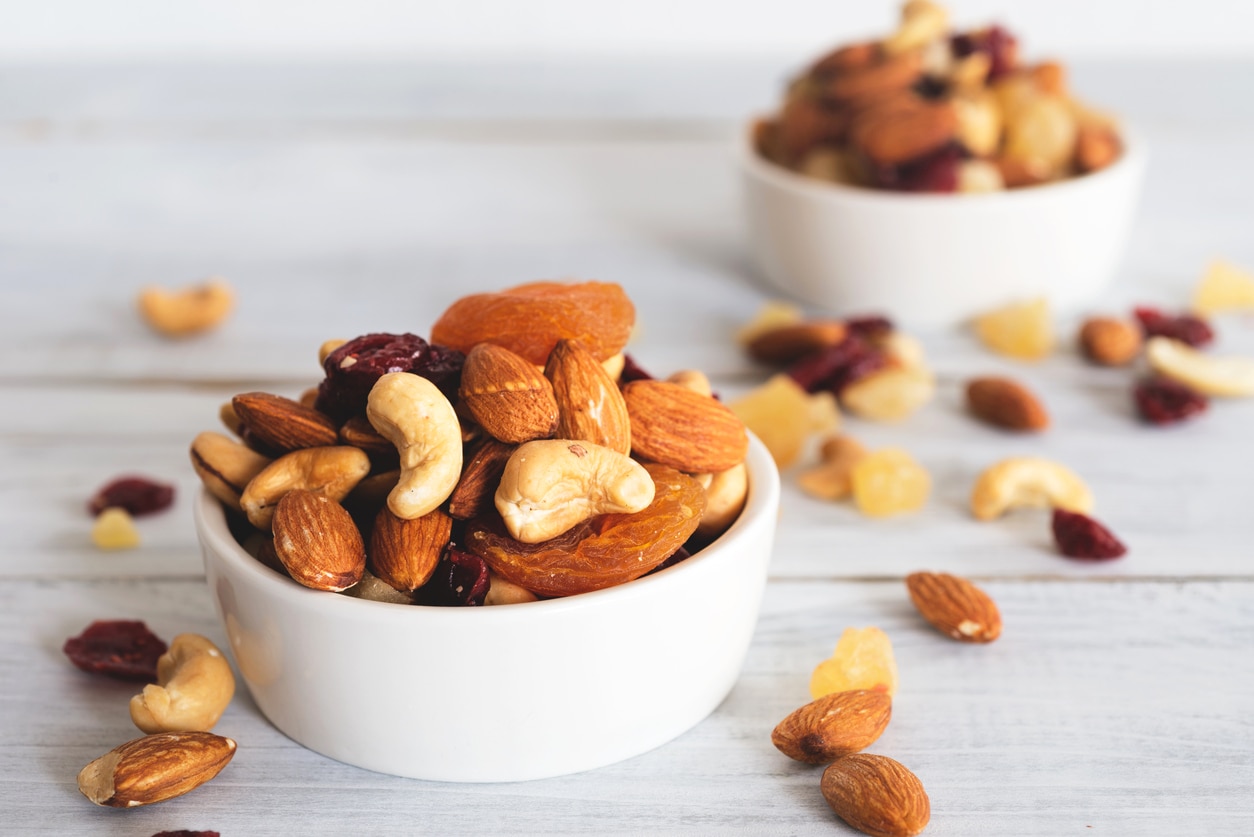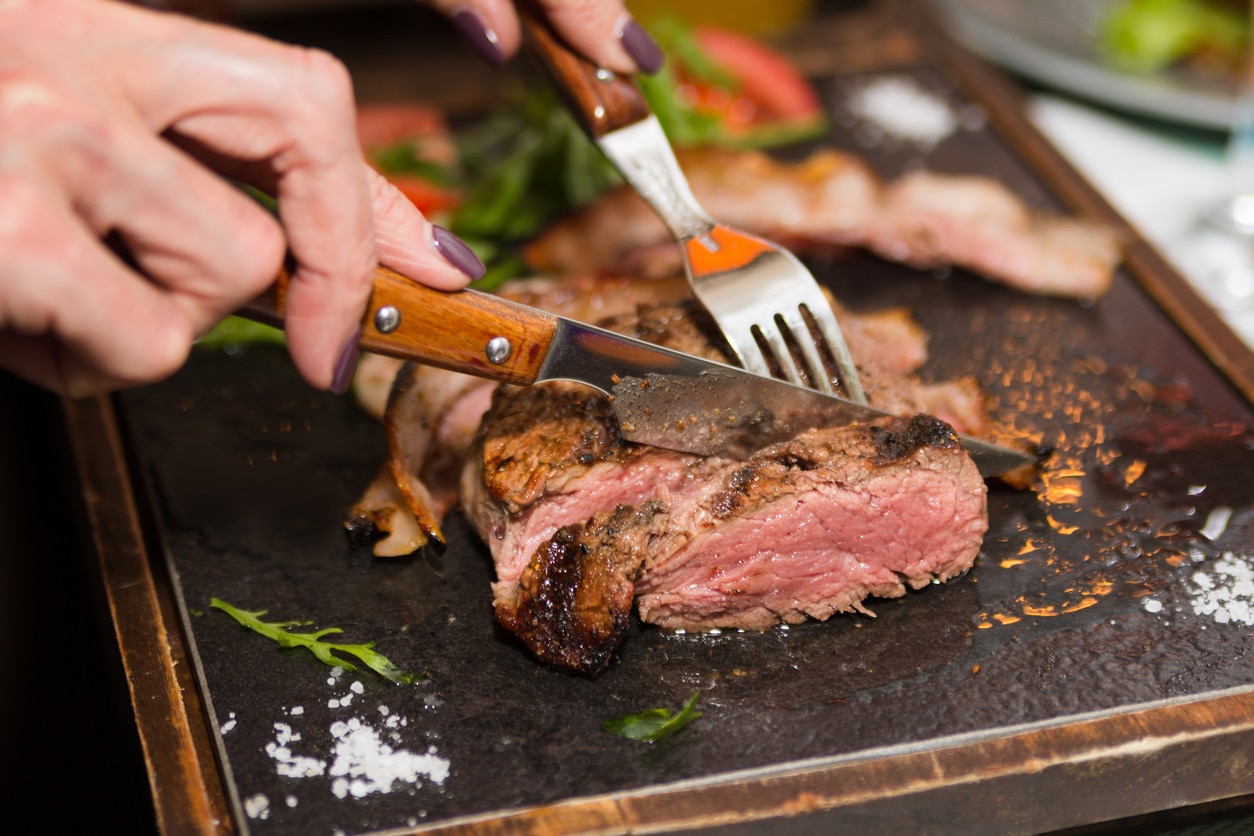
Going on a diet in the hope of losing weight fast often leads to low energy and concentration levels. The Atkins Diet, introduced by physician Robert Atkins, puts emphasis on reducing carb intake while adopting a protein-rich diet to keep the pounds off for good. Tempting? Now let’s take a closer look at the “Atkins Diet”.
What is Atkins Diet?

The Atkins diet, also known as Dr. Atkins Diet, Low-Carb Diet and High-Protein Diet, was originally established by cardiologist and nutritionist Dr. Robert C. Atkins in 1963. Ever since then it has been very popular across the U.S and Europe. The reason why the diet is so effective for weight loss is that with a reduction in carbs and increased protein intake, dieters will enter a bodily process called ketosis, a state in which body burns fat as fuel.
How does the Atkins Diet work?
The Atkins Diet is split into the following 4 different phrases, which allow enough time for one’s body adjusting to the new diet plan before reaching the goal weight.

Phase 1: Induction (20-25g daily net carbs)
Keep the net carbs level 20-25 grams per day for 2 weeks. Eat only high-fat, high-protein foods such as meat, fish and eggs, plus low-carb vegetables such as broccoli, spinach and salad rocket etc.

Phase 2: Balancing (under 20g daily net carbs)
Gradually add nuts, low-carb vegetables and a small amount of fruit back into your diet.

Phase 3: Fine-tuning (50-80 daily net carbs)
When you are close to your goal weight after the previous phases, start to eat more carbs until weight loss slows down.
Phase 4: Maintenance (80-100g daily net carbs)
Now your body has finally adjusted to the new diet. You can eat as many healthy carbs without having to worry about gaining weight.

Some people choose to stay in the induction phase indefinitely to maintain a healthy lifestyle. This is known as “Ketogenic Diet”, also a well-known weight loss diet plan.









